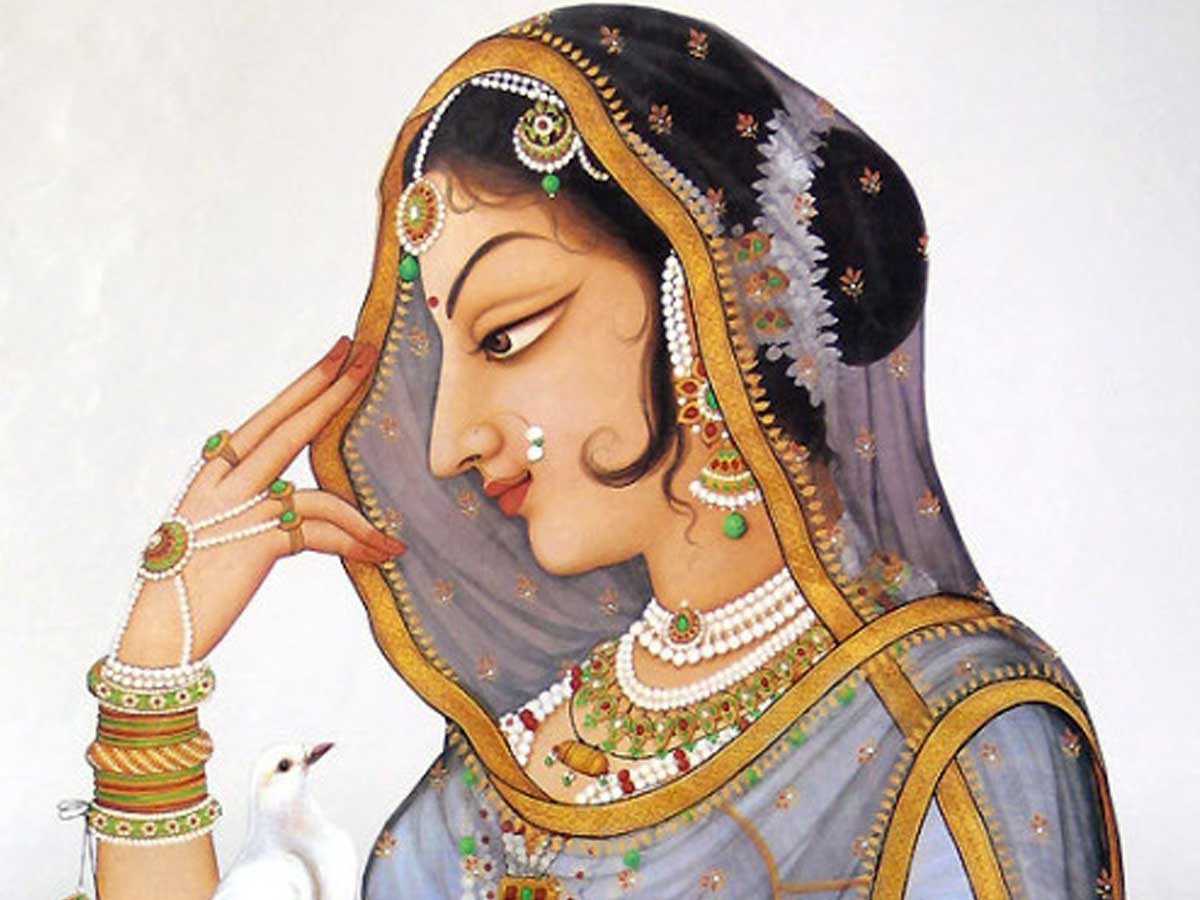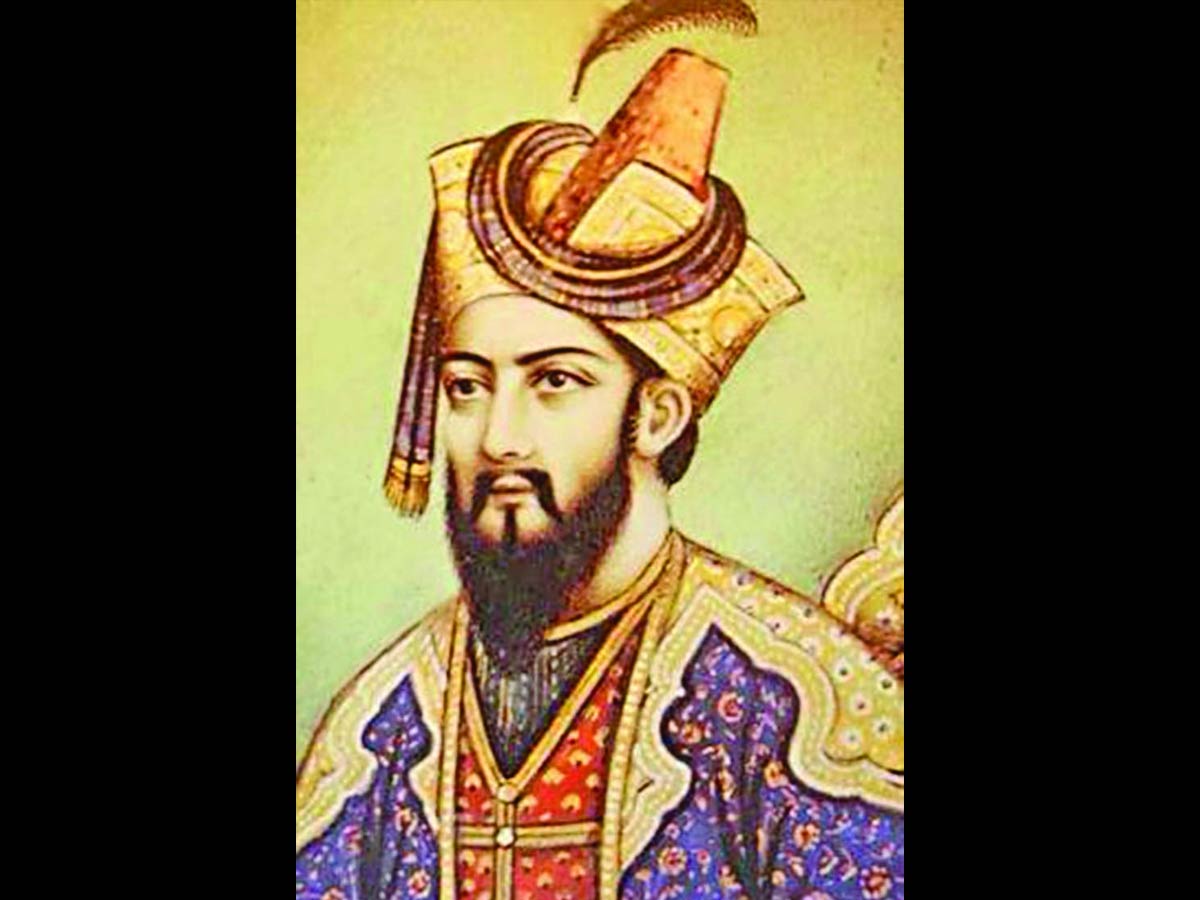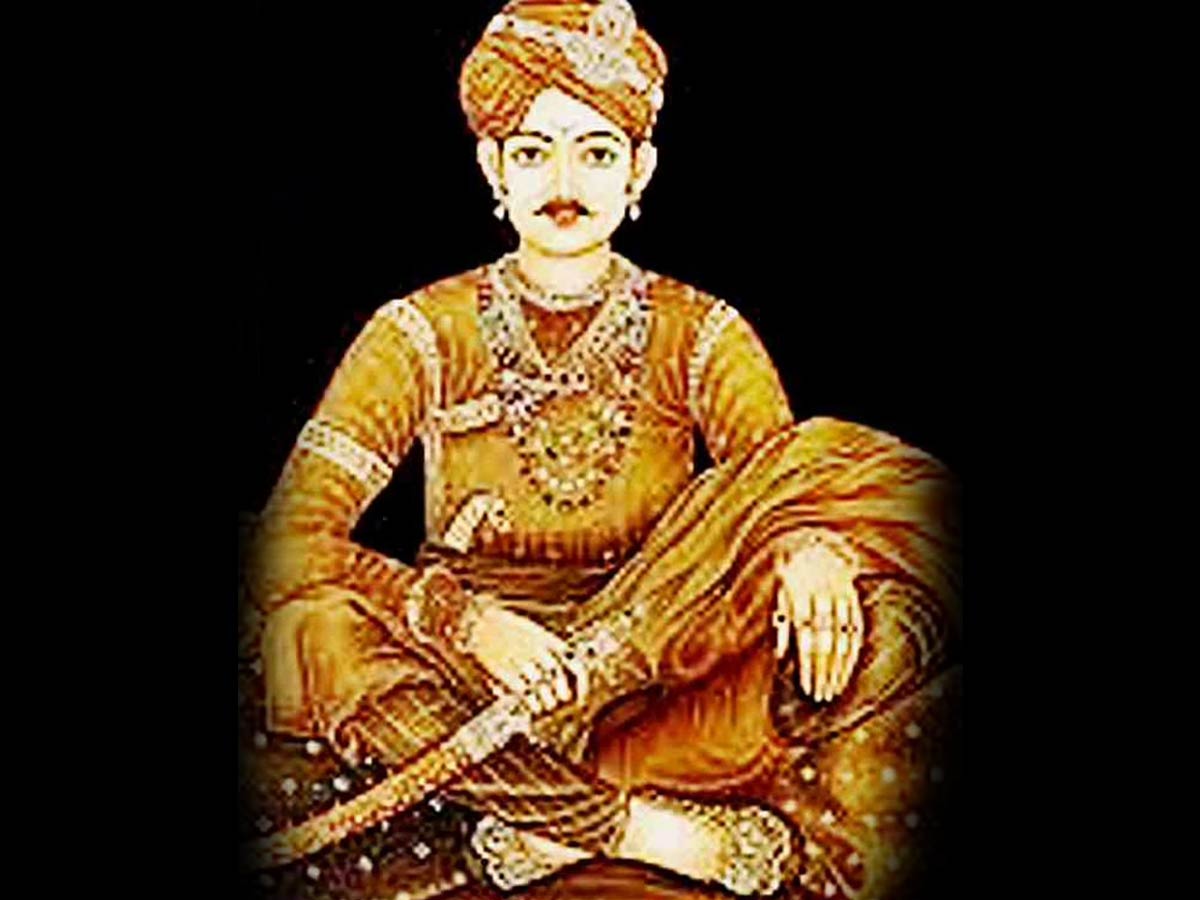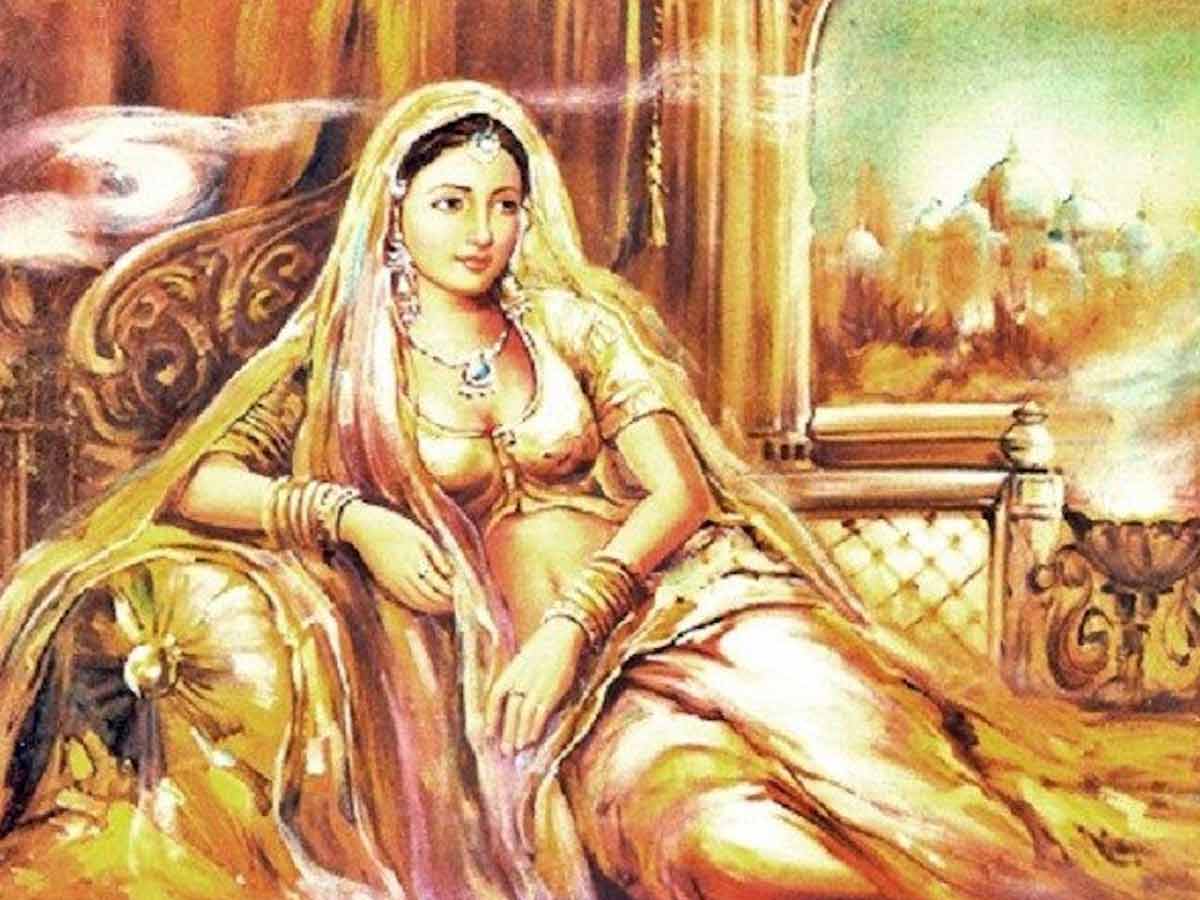There’s a thing about history: we’ll never know for sure what happened because facts are often mutated by the passing of time and travel. Similarly, the story of Rani Padmavati, also known as Rani Padmini, is told in several different ways, with some saying that she was compelled to marry Ratan Sen after being defeated in sword combat, while others say that it was her talking parrot that brought the two lovers together.
When it comes to the modern age of social media, there are countless and untraceable historical discourses. Nonetheless, there is one thing that all of the versions have in common: she was a woman of unrivalled beauty. And the ‘Johar Kund’ in Chittorgarh, where Rani Padmavati performed ‘jauhar’ (the ritual of women self-immolating) over 700 years ago, is as significant as, say, the Western Wall or the Ka’bah in Mecca.

Since it was one of the first three big Sakas of Chittorgarh, Rani Padmini’s Jauhar has earned her a goddess-like status in the state’s history. The antagonist is Allauddin Khilji, who assaulted Chittor and executed Ratan Sen.
When history begins to form a theocratic identity, people’s sensitivities soar to new heights. Rage and victimhood are unavoidable if it undermines or distorts the foundations. Protests against Sanjay Leela Bhansali’s magnum opus, “Padmavat,” have erupted as a result of such sentiments.
However, it isn’t as straightforward as that. There are several different versions of Rani Padmini’s story, and we’ll look at all of them here.
It’s worth noting that Rani Padmavati isn’t mentioned in earlier accounts of AlauddinKhilji’s conquest of Chittorgarh. The queen is first mentioned in Malik Mohammad Jayasi’s epic poem titled “Padmavat,” which was written in the Awadhi language.

She was the daughter of the king of Singhal kingdom, in what was then Sri Lanka, and she had a near relationship with a talking parrot, which her father despised. As a result, the parrot was sentenced to death, but it managed to flee and find its way to Ratan Sen, the local ruler. Ratan Sen was determined to marry Rani Padmavati because the parrot was all praise for her beauty. In his pursuit of her, he came across Singhal, and a love triangle ensued. They were unable to meet, but this set in motion a series of events that eventually brought them together and married. However, an enmity developed between Padmavati and Ratan Sen’s first wife, Nagmati.
Ratan Sen expelled Raghav Chetan, a Brahmin, from his court for theft. Raghav arrived at AlauddinKhalji, Delhi’s sultan, and was full of praise for Rani Padmavati. Alauddin became fascinated with obtaining her and besieged Chittor as a result. He failed to conquer and deceitfully captured Ratan Sen by offering him a fake peace treaty. However, Ratan Sen was freed from captivity by his faithful feudatories Gora and Badal, who stormed his fort dressed as Rani Padmavati and sat inside the palanquin. Devpal, the king of Kumbhalner, suggested Rani Padmavati free RatamSen in the meantime.

As a result, Alauddin launched an assault on Chittor. On Ratan Sen’s funeral pyre, Nagmati and Padmavati had no choice but to commit Sati or self-immolation.
Another variation is as follows: Rani Padmini was well-versed in battleship tactics and war strategies. As a result, she learned the art of swordsmanship. She made a condition during her swayamvar that whoever defeated the appointed warrior in a sword battle would win her. Padmini, on the other hand, was the appointed sword warrior. Many princes and kings fell to her, and she was forced to marry only King RawalRatan Singh.
RaghavChetan was a painter in the royal court of Chittor who was also a sorcerer who murdered many people for his ends. Ratan Sen once caught him red-handed and expelled him from the kingdom. This led him to AlauddinKhilji, who was praising Rani Padmini in front of him and besieging Chittor’s kingdom. He just saw Padmini in a mirror in this version because she wouldn’t let him see her face to face. Ratan Singh was abducted by Alauddin. As a result, when the fight was still going on, the women of Chittor began to prepare for Jauhar. Ratan Singh died fighting alongside his men, just as many soldiers from Chittor’s army did.
The women entered the fort through a hidden passage that led to the JauharKund. Padmini was the first woman to leap into the JauharKund, accompanied by other women. Their cries and wailings were so loud that Alauddin ordered the passage to be permanently closed, and it was only reopened several years later by the king of Chittor to honour the brave women.
Historians estimate that the legendary Rani Padmavati was born in the 1500s, which is about two hundred years before AlauddinKhilji’s timeline. Many flaws in Jayasi’s version of the Padmavati tale have been pointed out by professors and historians all over India. It seems to be a strong possibility that ‘Padmavat’ was just a fantastic piece of fantasy literature with no historical roots.

Another evidence that supports this argument is that the works of ZiauddinBarani, a writer during Muhammad Tughlaq’s court, Feroz Shah, and Amir Khusrau, an intellectual during NizamuddinAuliya’s court, is considered the most credible source of mediaeval Indian history. Fortunately, none of these works mentions Rani Padmavati.
Another edition, according to Aziz Ahmed, claims that GhiyasuddinKhilji of Malwa, not AlauddinKhilji, was the one who fell in love with Rani Padmavati. This theory is supported by an inscription in Udaipur that claims Ghiyasuddin was defeated by Rajput chieftains, Gora and Badal.
Though there may have been several variants of Padmavati, one remarkable thing is the valour that she commitment she had, which shall inspire the world forever.




























